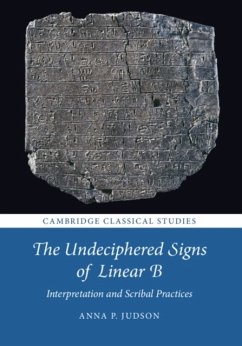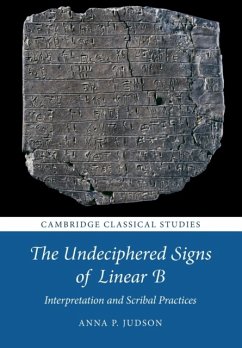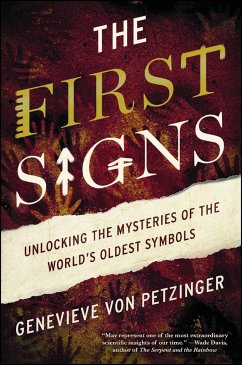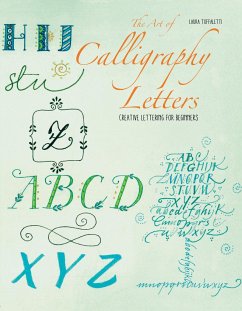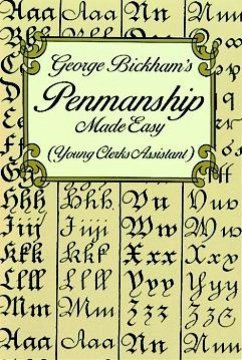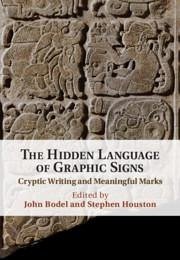
The Hidden Language of Graphic Signs
Cryptic Writing and Meaningful Marks
Herausgeber: Bodel, John; Houston, Stephen
Versandkostenfrei!
Versandfertig in über 4 Wochen
114,99 €
inkl. MwSt.
Weitere Ausgaben:

PAYBACK Punkte
57 °P sammeln!
This book zeroes in on hidden writing and alternative systems of graphic notation. Essays by leading scholars explore forms of writing that, by their formal intricacy, deflect attention from language. The volume also examines graphs that target meaning directly, without passing through the filter of words and the medium of sound.





